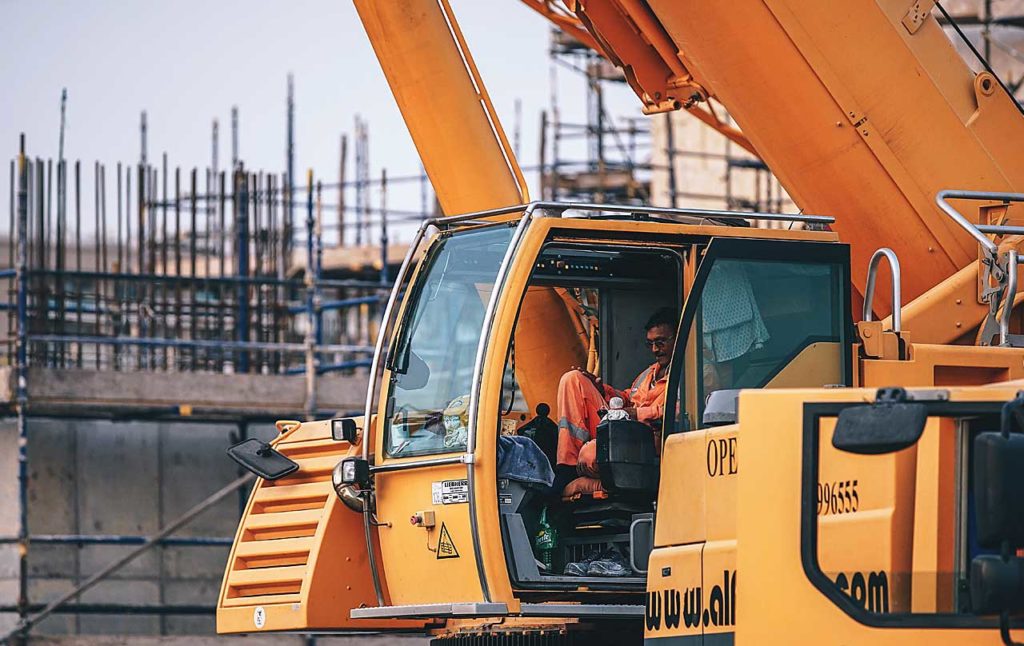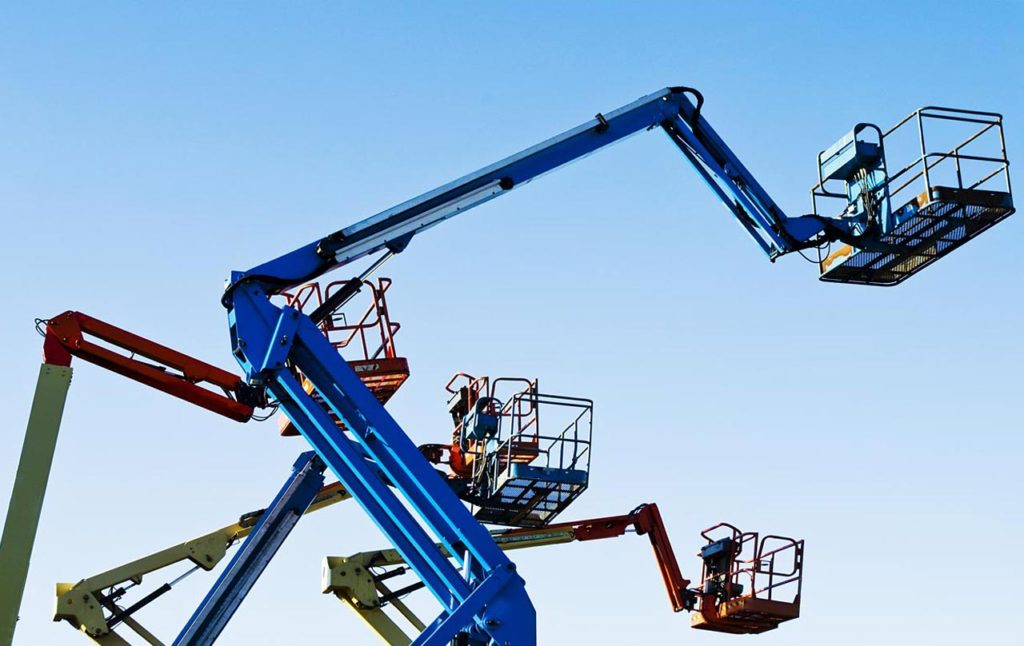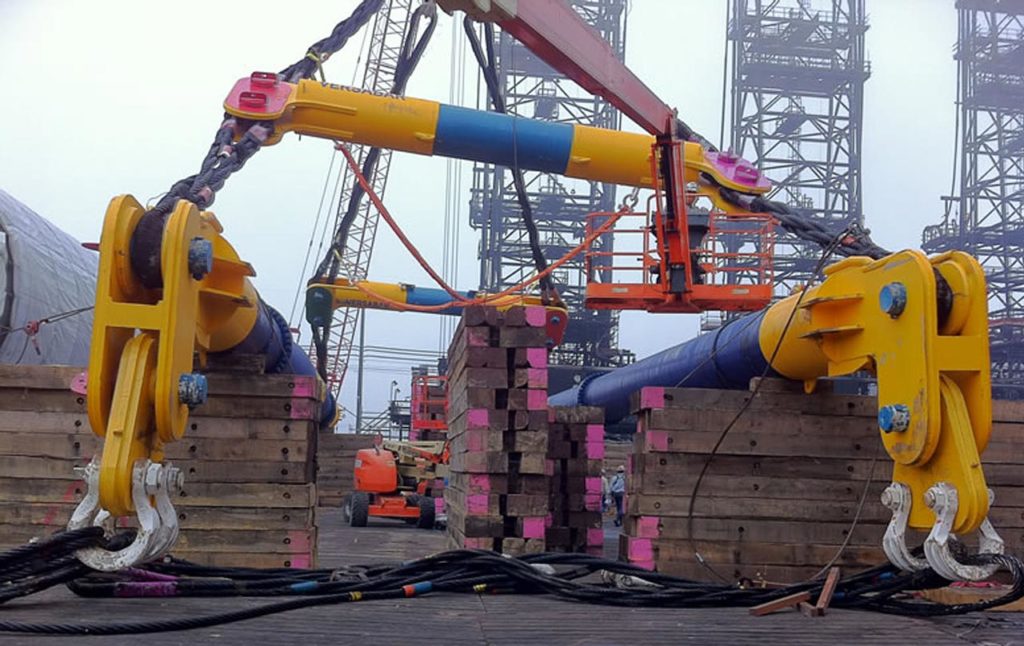
Mobile Crane Operator Training
We offer an excellent, comprehensive crane training program in compliance with OSHA and ANSI standards. It is a good program for the beginner and the experienced operator alike. In addition to Mobile Crane Operators, this is a great training for supervisors, safety personnel and safety managers. The fundamentals of crane operation are covered in the hands-on portion which includes how to control the load, pre-operational inspection, setup and safety devices.
Topics:
- OSHA & ASME crane standards
- Causes & results of crane accidents
- Types of mobile cranes, components & terminology
- Interpreting load charts correctly
- Pre-operational inspection
- Crane setup and recognizing site hazards
- Safe operating practices & procedures
- Operator responsibilities
- Pick & carry operations
- Safety procedures for boom and jib assembly & disassembly
- Safety procedures for working cranes near power lines
- Hand & voice signals
- Hoisting personnel
- Basic rigging procedures
Equipment:
- Telescoping Boom Cranes
- Lattice Boom Cranes
- Boom Trucks
- Industrial Cranes
- Articulating Boom Cranes
- Digger Derricks
- Service/Mechanic Truck Cranes
Requirements for Operator Qualification:
- Complete the Mobile Crane Operator training program
- Meet ASME B30.5 physical qualifications for crane operators
- Have a minimum of three years experience as the designated operator of mobile cranes, or one year for boom trucks. (A trainee qualification will be issued to applicants with less experience.)
- Pass written exam

Qualified Aerial Lift Operator
Our aerial lift operator program is designed with construction professionals in mind. Construction craftsmen, as well as maintenance personnel, and safety managers will receive the necessary training to work safely in and around aerial lifts.
The latest OSHA and ANSI standards are thoroughly covered.
Operator certifications are also available for those who qualify.
Topics:
- Types of aerial lifts, components & terminology
- Causes & results of aerial lift accidents
- Aerial lift setup and recognizing site hazards
- Pre-operational inspection
- Safe operating practices & procedures
- Operator responsibilities
- Working near power lines and electrical hazards
Equipment:
- Vehicle-Mounted Aerial Lifts
- Manually-Propelled Aerial Lifts
- Boom-Supported Aerial Lifts
- Scissor Lifts
Requirements for Operator Certification:
- Complete the Aerial Lift Inspector & Operator training program
- Possess the physical ability to safely operate an aerial lift
- Have a minimum of six months’ experience operating aerial lifts. (A trainee certification is available for personnel who do not meet experience requirements.)
- Pass a written examination

Qualified Rigger/Signal Person
An excellent journeyman-level training program designed to ensure that rigging personnel meet OSHA’s definition of a “qualified rigger.”
A qualified rigger is a person that possesses a recognized degree, certificate, or professional standing; or has extensive knowledge, training and experience, and can successfully demonstrate the ability to solve problems related to rigging loads. Must have the ability to properly rig the load for a particular job.
Topics:
- Safe use of wire rope, slings, rigging hardware and chain & lever hoists
OSHA & ASME standards - Pre-use inspection of wire rope, slings, rigging hardware and chain & lever hoists
- Proper use of taglines
- Rigging practices & procedures
- Knots used in rigging
- Hoisting personnel
- Hand & voice signals
- Basics of crane operation and limitations
Equipment:
- Wire Rope
- Slings
- Rigging Hardware
- Chain Hoists
- Lever Hoists
Requirements for Rigger/Signalperson Qualification:
- Complete the Qualified Rigger/Signalperson training program
- Possess the physical ability to safely perform rigging tasks
- Have a minimum of two years rigging experience. (A trainee qualification is available for personnel who do not meet experience requirement.)
- Pass a written examination
- Pass a practical examination on signaling